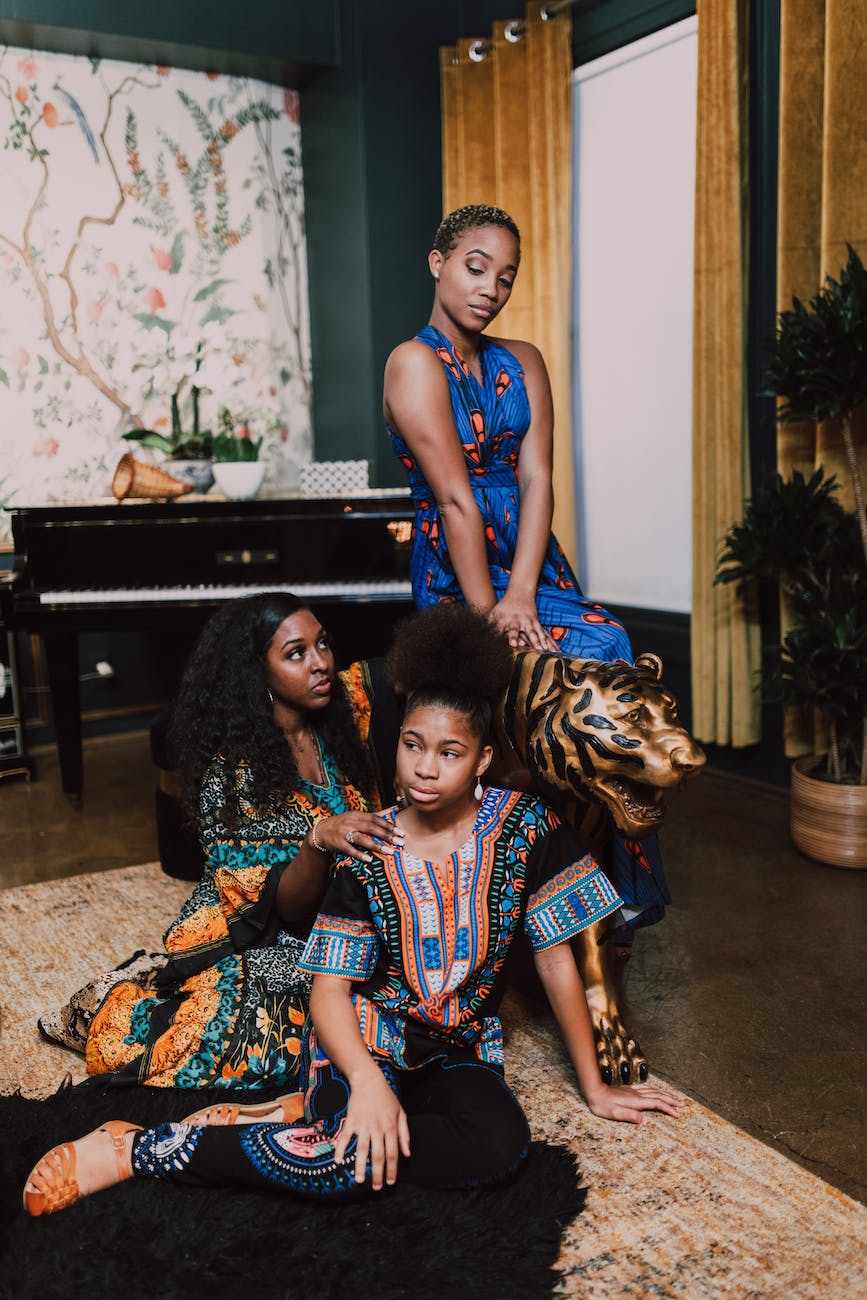In recent years, there has been a noticeable trend in the entertainment industry to incorporate traditional garments into modern shows. From television series to blockbuster films, traditional costumes have been making a comeback on the cultural heritage runway. This trend not only adds authenticity and visual appeal to the productions but also serves as a means of preserving and celebrating cultural heritage.
One of the most notable examples of traditional garments in modern shows is the hit television series “The Crown”, which chronicles the reign of Queen Elizabeth II. The show’s costume designers meticulously recreated the iconic ensembles worn by the royal family, capturing the essence of British heritage through the exquisite garments. The attention to detail and historical accuracy not only enhances the viewing experience but also pays homage to the rich tradition of British fashion.
Similarly, in the film industry, traditional garments have played a significant role in bringing historical narratives to life. Movies such as “The Last Emperor” and “Memoirs of a Geisha” have showcased the beauty and elegance of traditional Chinese and Japanese attire, respectively. The intricate designs and vibrant colors of these garments not only serve as a visual spectacle but also offer a glimpse into the cultural significance and craftsmanship behind each piece.
Furthermore, traditional garments have also been featured in modern fashion shows, where designers draw inspiration from cultural heritage to create contemporary pieces. This fusion of traditional and modern elements not only breathes new life into age-old traditions but also introduces a global audience to the beauty and diversity of cultural attire.
In today’s fast-paced and ever-changing world, the incorporation of traditional garments in modern shows serves as a reminder of the importance of preserving and celebrating cultural heritage. By showcasing these timeless pieces in a contemporary context, creators and designers are not only paying homage to the past but also ensuring that these traditions continue to thrive in the future. As audiences around the world continue to embrace and appreciate the beauty of traditional garments, it is evident that the cultural heritage runway is here to stay.





